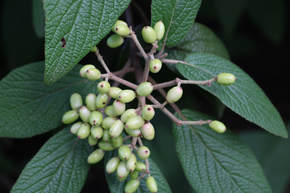
Though I like the Tennessee Riverpark for group events and bicycling, I thoroughly enjoy two other areas along the Riverwalk. Bird watchers and other nature lovers will particularly enjoy Amnicola Marsh and the Chickamauga Dam area.
Amnicola Marsh is perhaps best known for the American Lotus which bloom and go to seed in late summer. The margins of the large open area are home to a variety of wetland plants, including buttonbush. The surrounding forest is a lowland second growth forest, parts of which occasionally flood.
The open water inside the vegetated zone has numerous snags, dead trees and shrubs which provide perches for numerous birds. Great Blue Herons are usually abundant, and Green Herons are common. Other wading birds, shorebirds, and waterfowl are seasonally abundant.
For those not familiar with the birds I name, I recommend viewing photos in a bird guide or on popular web pages, including that of the Cornell Laboratory of Ornithology https://www.allaboutbirds.org/ or the National Audubon society https://www.audubon.org/field-guide/bird/wood-duck.
During one particularly hot and dry summer, a juvenile Wood Stork made an appearance of several days. Great Egrets are numerous at times, and bird lists have included immature Little Blue Herons and Snowy Egrets.
Killdeer are known to nest here and it is a stopping place for Solitary Sandpipers and, on occasion, rarer shorebirds.
The colorful Hooded Mergansers have appeared in winter. Other ducks are common. Mallards and Canada Geese appear year-round. Wood Ducks probably nest here. Gadwall, Green Wing Teal and Northern Shovelers are winter and spring residents.
The area immediately below Chickamauga Dam is also popular for bird watching and fishing. A sign installed by the Tennessee Department of Environment and Conservation warns fishers to limit consumption of catfish caught in the river. Peregrine Falcons have been known to nest here. Gulls are abundant in winter, with occasional rarities.
Osprey nest in the area, and frequently fish below the dam. Bald Eagles appear occasionally. Nest boxes maintained by a corps of volunteers have yielded several clutches of Eastern Bluebirds and Tree Swallow.
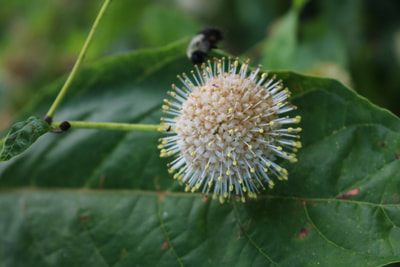
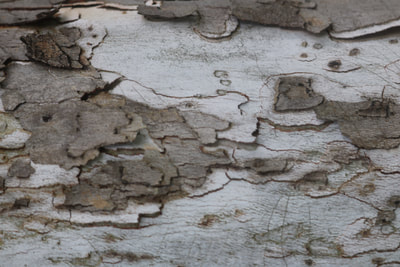
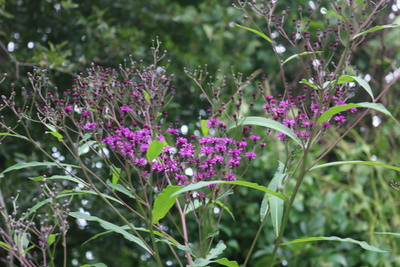
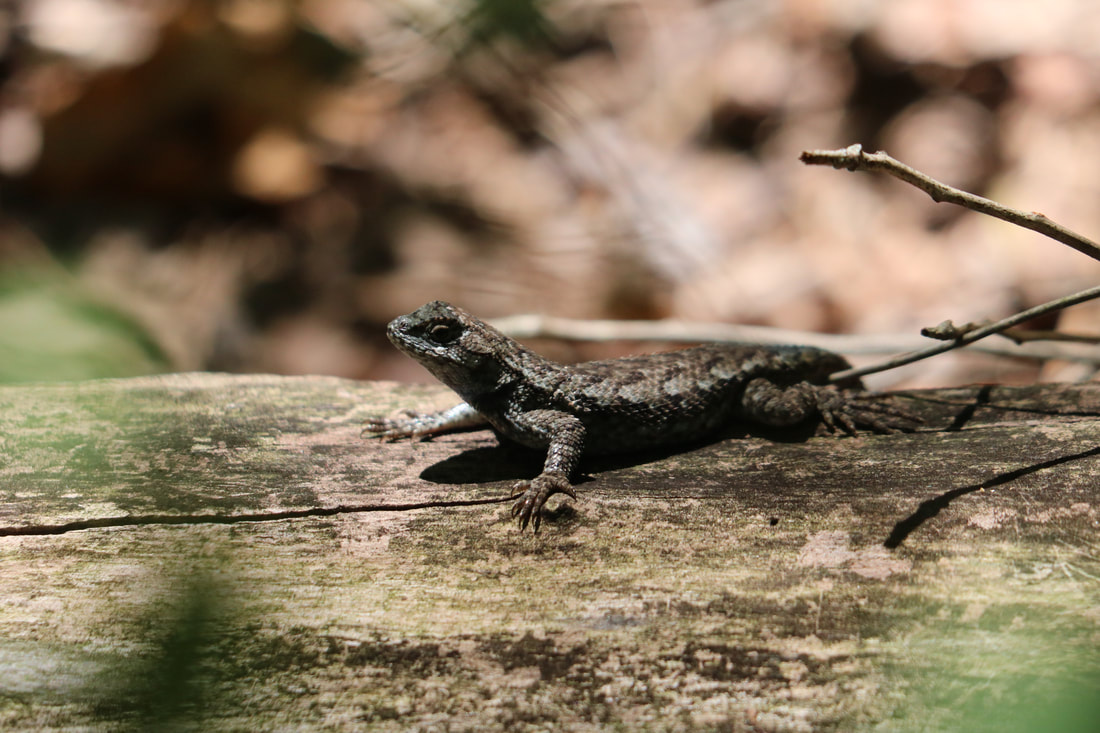
 RSS Feed
RSS Feed